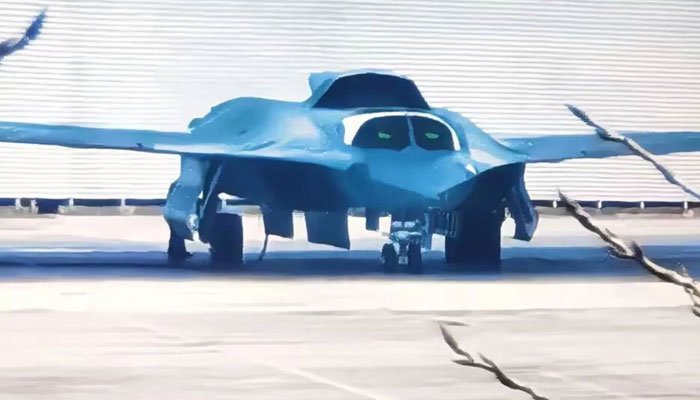How Fast Is China’s New J-36 Stealth Jet? All Specifications You Need to Know Here! China is reportedly developing an advanced 6th-generation stealth fighter jet, the Chengdu J-36, and it’s already grabbing global attention. According to early reports, the J-36 boasts a top speed of Mach 2.5, which could make it one of the fastest stealth aircraft in the world.
How Fast Is the J-36?
If the Mach 2.5 speed claim holds true, the J-36 would outpace America’s leading stealth jets—the F-22 Raptor and F-35 Lightning II. It would even match the legendary F-15 Eagle, known for its high-speed performance. This significant speed advantage positions the J-36 as a formidable contender in modern air combat.

However, it’s important to note that the J-36 is still shrouded in secrecy. The speed figure comes from a December 2024 article by Dan Arkin of IsraelDefense, which describes the aircraft as a powerful tri-engine stealth platform. While unconfirmed, this performance leap would mark a major milestone for China’s aerospace capabilities.
What Powers the J-36?
While official specifications remain classified, experts speculate that the J-36 may use either the WS-10 or WS-15 afterburning turbofan engines, developed by China’s Shenyang Aeroengine Research Institute. These engines also power the Chengdu J-20, China’s current 5th-generation stealth fighter.

The WS-15, in particular, is expected to provide greater thrust, enhanced durability, and advanced thrust vectoring, which would improve agility and performance in high-speed engagements. Alternatively, the J-36 could feature the WS-13 engine, also used in the Chinese J-35 stealth fighter.
Design and Capabilities
Beyond speed, the J-36 stands out for its tailless delta-wing configuration, which significantly reduces its radar signature. The fighter reportedly integrates fly-by-wire controls, computer-assisted flight surfaces, and advanced stealth shaping for both speed and survivability.
In terms of size, the J-36 is unusually large for a stealth fighter. It features a wingspan of 24 meters, nearly double that of the J-20, and a fuselage length of 22.5 meters. This extra size likely enhances fuel capacity and operational range, making it suitable for long-range strike missions.

Why Speed Matters
In air combat, speed often determines survival. American fighter pilots often say, “Speed is life,” and the People’s Liberation Army Air Force (PLAAF) seems to agree. By pushing the limits with the J-36, China is clearly focused on achieving air dominance through innovation and raw performance.

While the jet remains in early development and many details are still emerging, the J-36 could become a game-changer in next-generation aerial warfare—especially if it proves capable of hitting Mach 2.5 in real-world conditions.
Final Thoughts
With growing competition in military aviation, the Chengdu J-36 may represent China’s most ambitious fighter project to date. If the claims about its speed, powerplant, and stealth features are accurate, it will raise the bar for global air forces and challenge Western aerospace supremacy in the years ahead.








